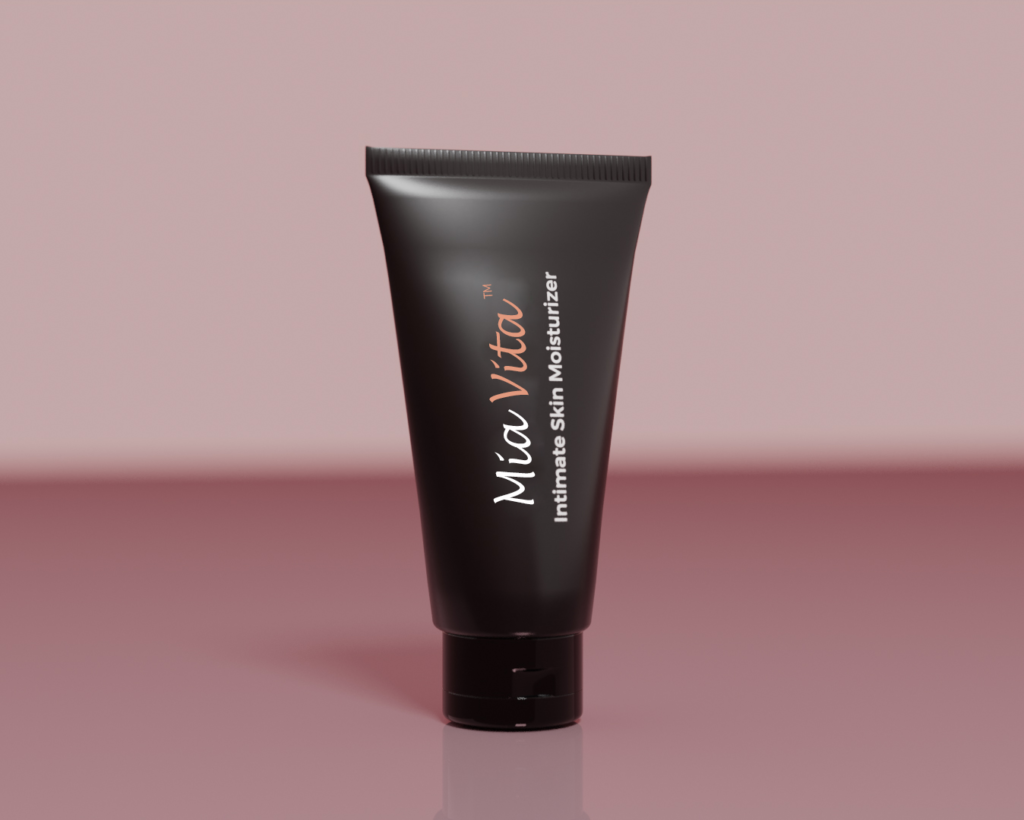It’s no secret that menopause can have a dramatic impact on your skin. But what many women don’t realize is that aging skin sees a wide array of changes that goes beyond dryness and sensitivity.
That’s because declining levels of estrogen look different for every woman. Some will experience dryness, while others may experience a degree of acne that they didn’t think was possible beyond their teen years. Here are five of the most common and persistent issues of aging skin and how to adjust your skin care regimen to overcome them.
Age spots and sun damage
During perimenopause, we not only begin to notice age spots, we also become more prone to sun damage. Estrogen controls melanocytes, which produces melanin in our skin. As estrogen drops, so does our production of melanin, and we become more susceptible to sun damage. That means it’s more important than ever to include an SPF in your daily daytime skin care routine.
Your dermatologist may recommend medications such as retinoids or hydroquinone to safely fade age spots. You might also want to look into laser and light therapy, cryotherapy, dermabrasion, or chemical peels. The good news about age spots is that you have options.
Dry skin
Since estrogen also happens to control the collagen and oils that keep skin moisturized, you can probably guess what happens when those estrogen levels drop. Dry skin is common for menopausal women, even those who have never struggled with it in the past. To overcome dry skin, use a mild cleanser instead of soap in your daily skin care regimen, since soap is often too drying for mature skin. You’ll also want to moisturize throughout the day when your skin feels dry — and use a moisturizer with SPF for your face, neck, and hands.

Dry skin doesn’t happen just to your face. It happens all over, including your vagina. In fact, vaginal dryness is one of the more persistent skin care challenges during perimenopause and after menopause, and it’s nothing to be ashamed about. It’s a topic that doesn’t get the attention it deserves, considering that 50-60 percent of pre- and postmenopausal women experience it. But don’t fret, you can easily adapt your skin care regimen to include a solution for vaginal dryness.
First, look for a water-based vaginal moisturizer with hyaluronic acid and vitamin E. Get into the habit of using a vaginal moisturizer as often as you need it, beginning first thing in the morning when you do the rest of your regular skin care regimen. You may want to have one for home, and another for when you’re on the go. You never know when vaginal dryness and discomfort may strike, so it’s important to make a vaginal moisturizer part of your skin care routine.
Acne
If you’re thinking, “Acne, at my age?!” We have some bad news: Some women do experience teenage-levels of acne and oily skin during menopause. The tricky part is treating acne during perimenopause, because your skin is also a lot more sensitive — meaning that the acne treatments of your youth will make things worse instead of better.
Look for gentle cleansers with salicylic acid for sensitive or combination skin. Retinol is another powerhouse ingredient that can help with acne before and after menopause. If you’re a first-time retinol user, start with small amounts, since it can irritate sensitive skin. Better yet, talk to your dermatologist if you experience persistent acne during perimenopause.
Rashes and skin sensitivity
Around the age of 50, pH levels in our skin change, leading to increased skin sensitivity, irritability, and sometimes rashes. Existing skin conditions like eczema and rosacea can worsen. If you have rashes or sensitive skin, check your skin care products (moisturizers, serums, cleansers, etc.) to make sure they don’t contain fragrances or artificial dyes — these can elevate skin irritation.
Healthy skin starts with a solid care regimen. To learn more about common skin care issues for women over 40, read 7 Myths About Menopause and Skin.
